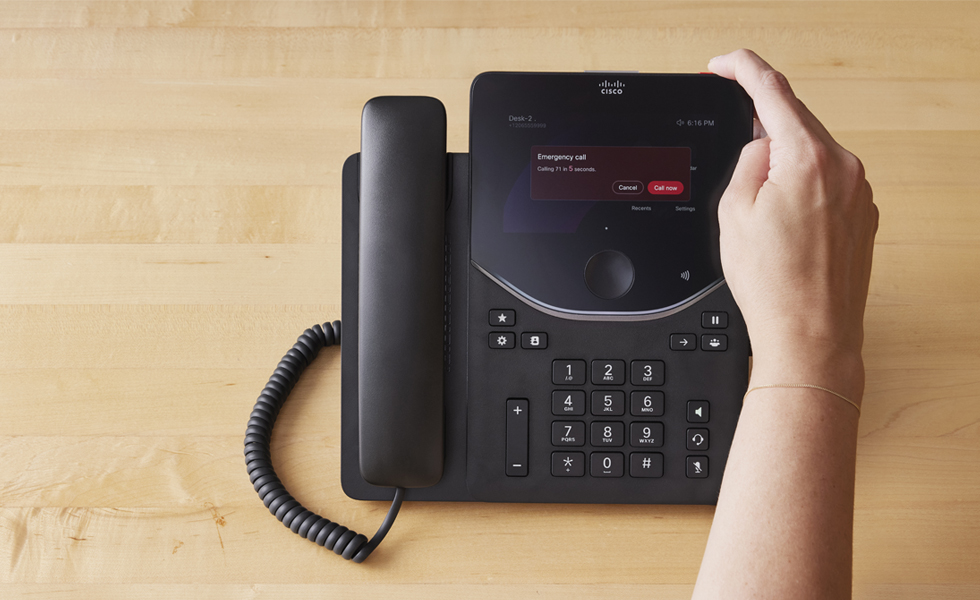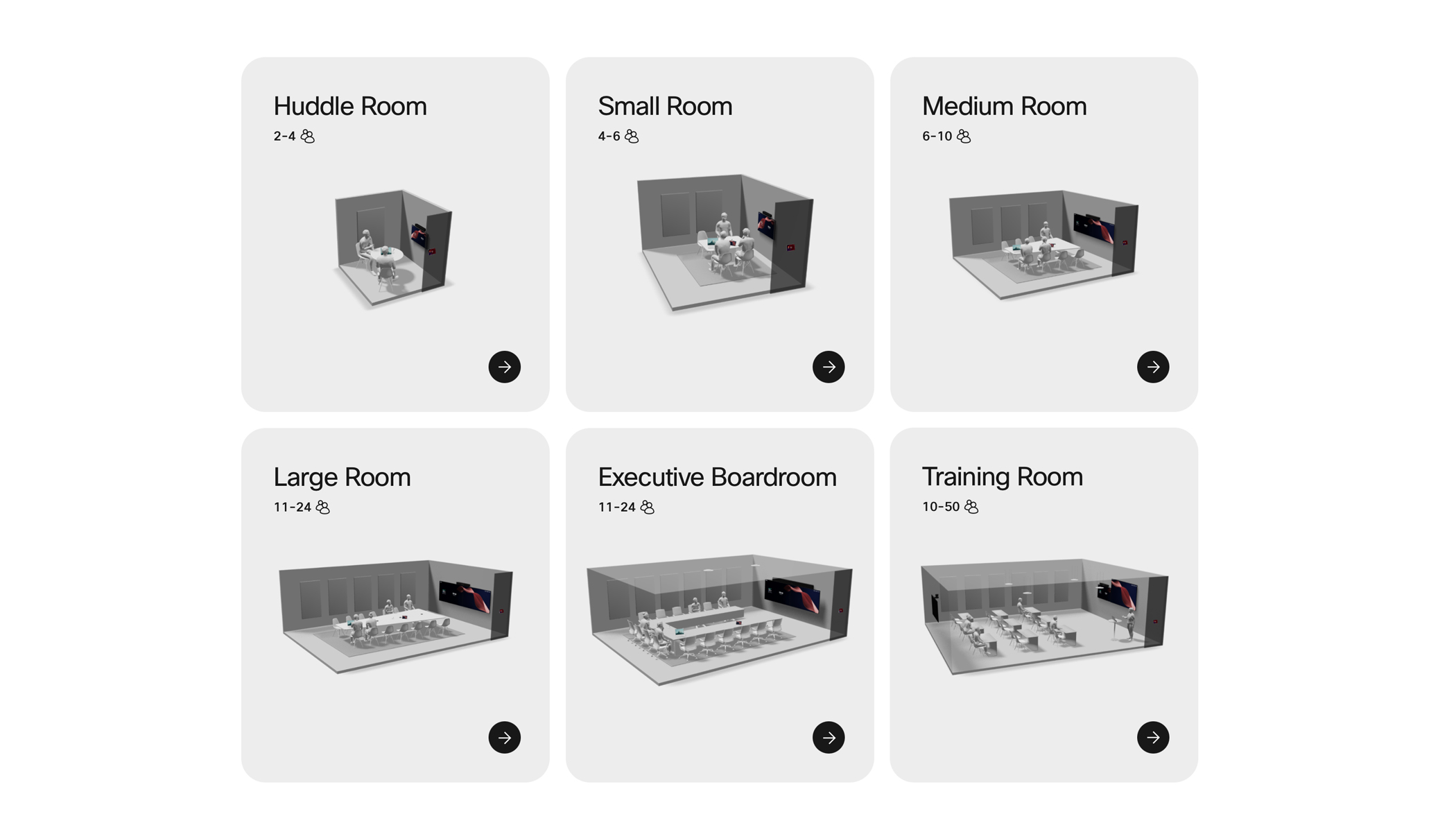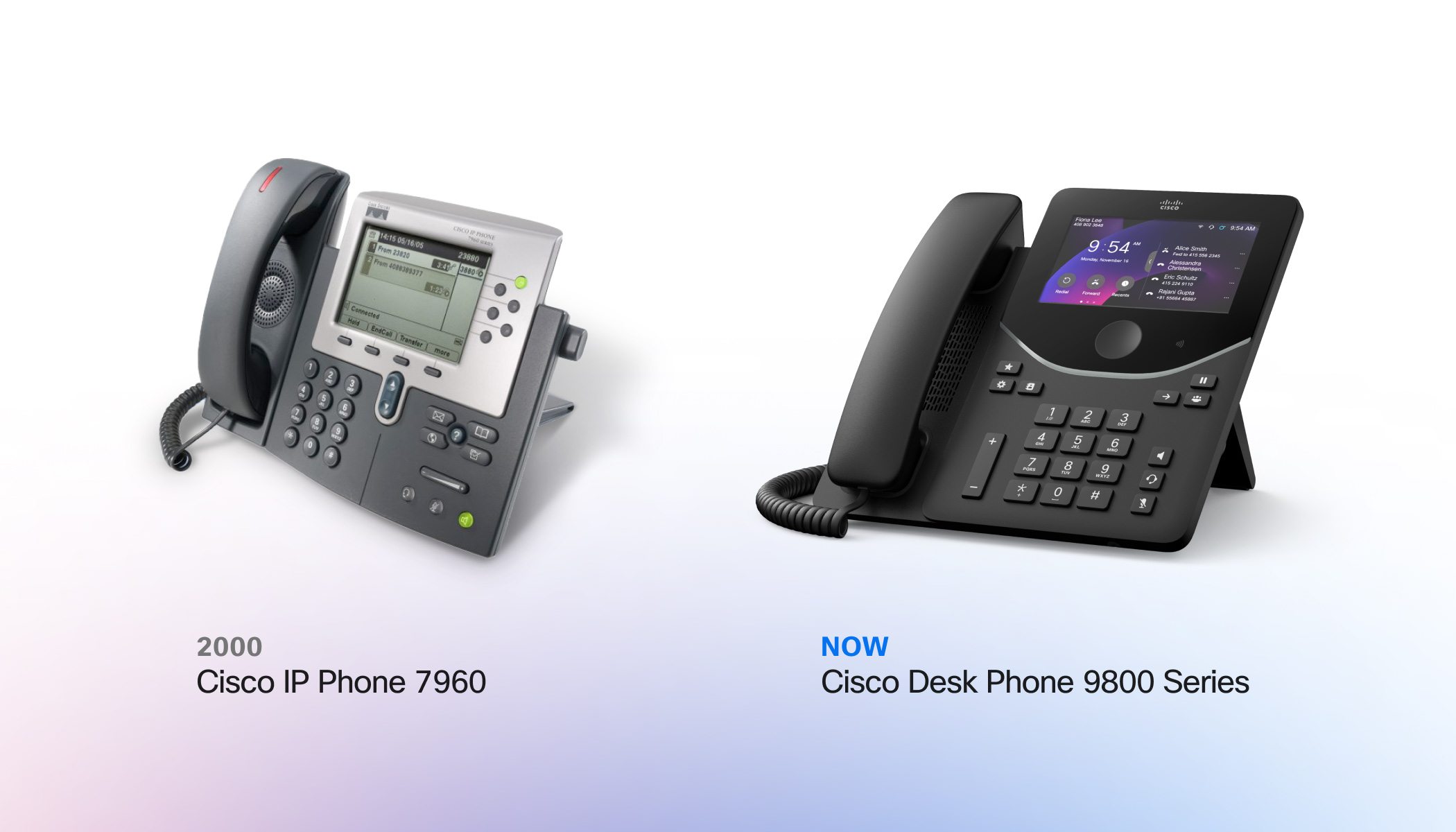The importance of public safety has been steadily growing. With the rise of workers returning to the office and children going back to school, it’s critical that everyone feels safe in their environments. Schools and businesses are now turning to technology as one means to help in improving and implementing facility security and safety protocols.
While there are many technological solutions available, one that is gaining a lot of attention is emergency notification alerts and communication systems. These are put in place to help prevent incidents and improve response times in the case of emergencies. In fact, some states are now requiring schools to install panic alarm systems that are directly linked to law enforcement to help improve the safety of their campuses.
Whether it’s mandated or just recommended, now is the time to assess the current state of your facility’s security and emergency notification systems to ensure spaces are ready and plans are in place. The first place to start is your communications systems, such as phones and calling solutions, to make sure they have the safety features you need.
Adapting our phones to change.
Cisco understands the importance of these public safety initiatives and has focused on integrating emergency response solutions seamlessly into the Cisco Desk Phones and Wireless Phones. We are the first in the industry to design our phones with an “action button” that can be quickly and easily activated in the case of an emergency. The button was created based on feedback from customers needing a streamlined way to access certain protocols like quick dialing, shortcuts, or, in this case, emergencies.
The action button is specifically designed to meet a variety of needs within buildings, including the ability to support safety protocols. See it in action below:
How does the action button support public safety?
The action button offers a wide range of use cases across industries, resulting in a simple solution for businesses to solve problems with a device that they already have at their desk or in their pocket. Here are some key use cases:
Emergency notifications
You can press the button to immediately trigger an emergency alert, which will send a digital notification to all nearby Cisco devices. This system can be used for evacuation and fire notifications, as well as emergency calls for help. It can seamlessly integrate with an emergency response or notification system.
Silent panic alarm
There are times when you may not want to trigger an emergency broadcast but still need to discreetly signal for help. In such cases, you can set your device to make a silent emergency call or send a discreet notification. For instance, this feature can be useful during emergency lockdowns or when there is an intruder in the building. This supports the compliance of Alyssa’s Law, which aims to ensure prompt responses to critical events.
Security
Many facilities have their own protocols for handling issues, commonly starting with a call to security to assess the situation. The action button can be a shortcut to call the onsite security team.
All 3 of these use cases can also be integrated into broader crisis management and facility security plans. While this is important for financial, healthcare, and retail purposes, education is increasingly being discussed as a use case for building safety, especially with the recent focus on Alyssa’s Law.
What is Alyssa’s Law?
Alyssa’s law is legislation that addresses the issue of law enforcement response time in life-threatening emergencies, recognizing that time is crucial in saving lives. The law requires the installation of silent panic alarms in K-12 schools, which are directly linked to law enforcement, to ensure a quick response in case of an emergency.
As of now, seven states in the U.S.—Florida, New Jersey, New York, Oklahoma, Tennessee, Texas, and Utah—have enacted Alyssa’s Law. Additionally, 11 other states are in the process of ratifying this important legislation.
The law requirements of how to comply with this Alyssa’s Law vary from state to state. Learn more here.
Cisco Phones support Alyssa’s Law.
Cisco Desk Phones and Wireless Phones support customer’s compliance with Alyssa’s law by providing the functionality to quickly make an emergency call or access a silent panic alarm in a scalable, cost-effective way.

The Cisco Desk Phone 9800 offers direct capabilities that will activate a silent call during an emergency using CUCM or Webex Calling. The solution can also be further expanded when partnering with other companies, such as Singlewire, to activate a silent panic alarm during an emergency.
Ready to enhance your facility’s safety and compliance? Discover how Cisco Phones can support your emergency response needs with advanced features and seamless integration.





